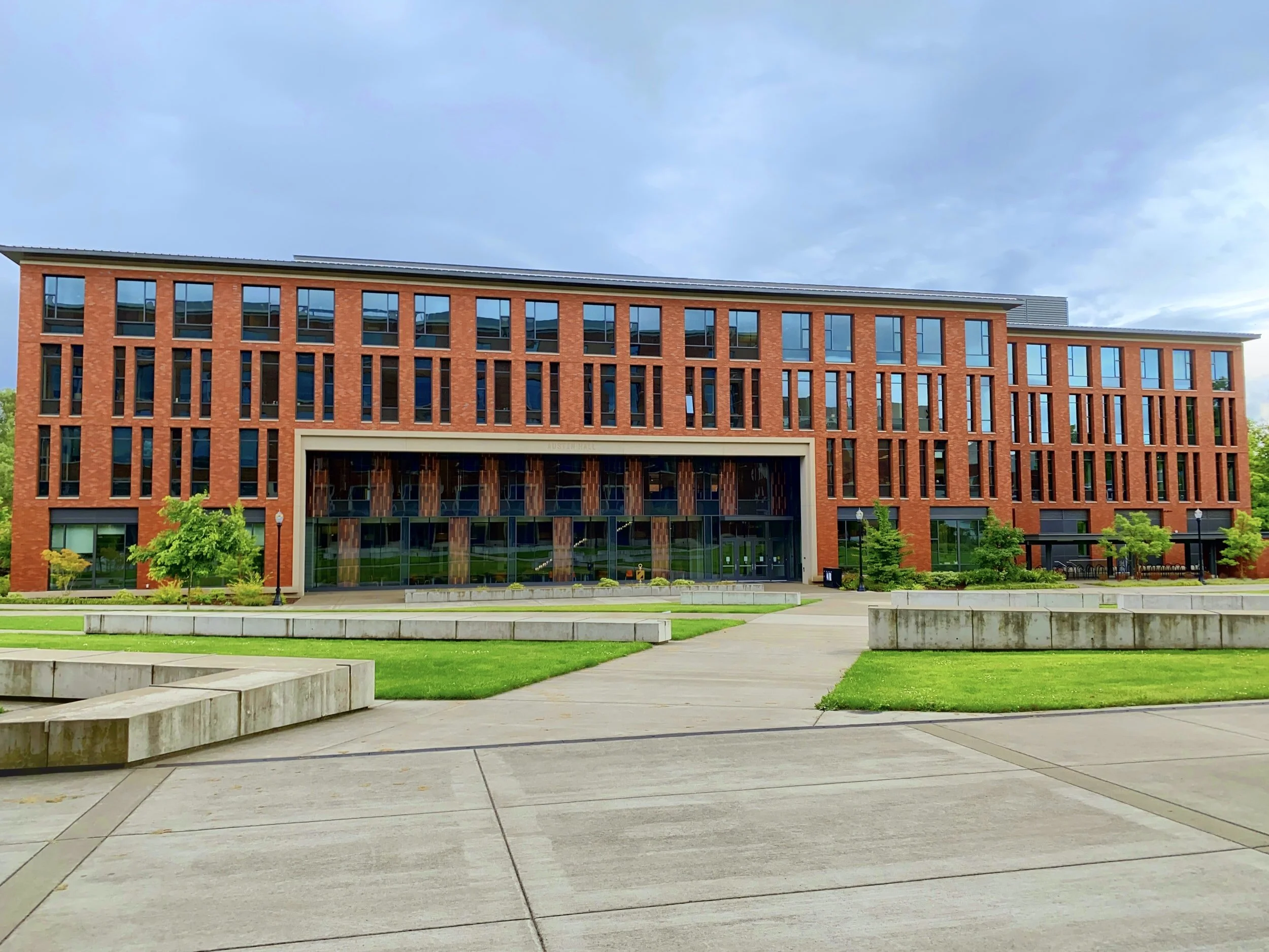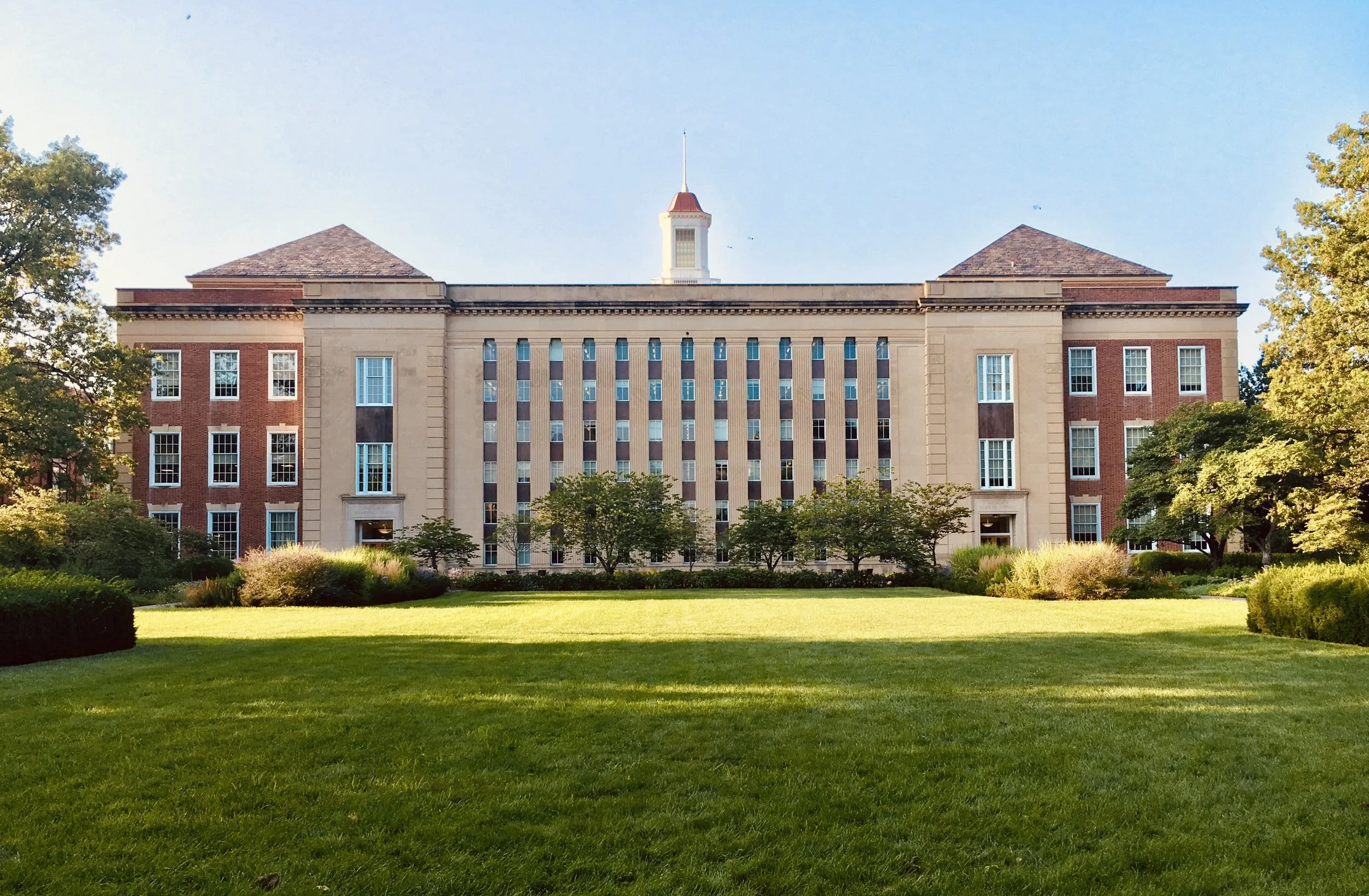Principal’s View: In My Inner-City HS, Nearly All Our Seniors Complete the FAFSA & Get into High-Quality, 4-Year Colleges. Here’s How We Do It
By Bennett Lieberman, The 74 Million, February 2, 2022
word count: 1250
Around the country, 1 in 5 college students does not complete the Free Application for Federal Student Aid — the FAFSA — the form high school and college students must complete to apply for and receive financial aid. This means millions of students, mainly from low-income families, are deprived of financial aid they would otherwise be entitled to. As a result, many take on unnecessary debt to complete their education — or don’t go to college at all.
The New York City school I lead, Central Park East High School in East Harlem, is a citywide program located in an area where approximately 80 percent of our 505 students are low-income, minority and first-generation in going to college. Central Park East has helped these students beat the odds year after year, and even though New York City schools were shut down for most of the 2020-21 school year, 98 percent of our class of 2021 still completed the FAFSA, which allowed 99 percent to successfully enroll in college. To help other schools to do the same, Central Park East, in partnership with the Heckscher Foundation for Children, has created an in-depth guide detailing how we achieved this outstanding outcome — and how it can be replicated.
Here are the key features of the program:
Ninth Grade – Creating Awareness and Building Trust
Each year, our new ninth graders are enrolled in a mandatory credit-bearing course called Freshman Seminar. There, students are introduced to our comprehensive four-year college and career awareness program; begin to build their college- and career-related knowledge and vocabulary by learning about college access opportunity programs, use an online career exploration portal to identify potential professions of interest; participate in fun, low-stress introductory activities like College Knowledge Bingo; and attend alumni panels, where our graduates come back to school and provide peer insights into the college experience that first-generation students don’t have access to at home. Our alumni also speak to what it is like to be a student of color at predominantly white institutions, which opens the ninth graders’ eyes early to some of the unspoken obstacles they may face in college. During our open houses and Summer Bridge program for prospective and accepted students, we emphasize in detail what families can expect from our four-year college access program, which builds trust and buy-in early. This is critically important to success down the road.
10th Grade — College and Career Lessons Build on Ninth Grade
Knowledge-building around college and career access and financial aid continues in the 10th grade. A guidance counselor conducts 10 college and financial aid workshops in small groups for all tenth graders. Topics covered are Financial Aid 101, a Common Application case study, CUNY and SUNY information sessions, college matching and mock admissions exercises, private college information sessions, national scholarship program information and a resume workshop that includes brainstorming, sharing and peer editing. By the end of 10th grade, all students will have also created their College Board accounts, which open the door to Advanced Placement course enrollment and PSAT and SAT participation. Our College Bound Initiative director of college counseling makes three points of contact with all 10th grade students: She facilitates an additional workshop on the college admission process in the fall; runs mandatory resume workshops in the spring; and meets personally with families before the end of the year to introduce the FAFSA process and eliminate roadblocks to college admission, such as improperly filed tax returns. College Bound Initiative, part of the Student Leadership Network, is one of our partners and is primarily in charge of running our college office.
11th Grade — The Rubber Hits the Road
As juniors, students achieve four concrete milestones: completing our Senior Intake Form, which collects demographic information that our director of college counseling will need to effectively work with families; filling out a comprehensive financial aid survey, which gathers all family income information required to complete and submit a successful FAFSA application; creating a “brag sheet,” which becomes a guide for counselors and teachers in crafting a personalized and detailed letter of recommendation for each student; and completing their resumes.
We collect all this information through Google form surveys and the secure Dropbox document storage service as part of a step-by-step process that enables students to envision that graduating from a quality four-year college is both attainable and affordable. Completing these 11th grade milestones creates a positive mindset early in the process, before the crunch and pressure of the fall of senior year, which not only increases the likelihood that the FAFSA will be successfully completed, but that each student will be accepted to a college that is affordable and offers the academic program and social life they are looking for after high school.
Also during 11th grade, parents are invited by email, phone and Instagram to join our annual college and financial aid information session. We reinforce again at this meeting that in order to complete the FAFSA, families will need to start properly completing their 1040 filings, since the government looks back at tax documents for two years for FAFSA purposes.
12th Grade — Senior Seminar and Youth Leadership
Each senior class is divided into four or five Senior Seminar sections, depending on overall class size. Senior Seminar is a graded, credit-bearing course that meets twice a week, collaboratively taught by our director of college counseling, a college access-trained English teacher and three paid youth leaders trained by College Access: Research and Action (CARA). CARA is a City University of New York-based organization that partners with high schools and provides a curriculum and a youth leadership structure that I believe is critical to our students’ postsecondary success. The youth leaders, who are trained in collecting information and data tracking, meet every Monday with the director of college counseling to discuss progress on applications and FAFSA completion, plan college-related school events and identify priorities and strategies for the week. They track each senior on a shared spreadsheet and provide one-to-one support if a classmate falls behind on deadlines or milestones. After almost 17 years at Central Park East, I have learned through valuable experience that peer leadership combined with adult support is the most effective way to build a successful college-going culture.
There is a college out there for every high school graduate, but that does not mean it will be a good match or that the financial aid package will make continued enrollment and an on-time graduation in four years a viable outcome. Central Park East is a Title 1 school that over the past decade has been in the top rankings of all New York City high schools when it comes to postsecondary outcomes. Last year, during the pandemic, 122 of our 123 graduates enrolled in college for the fall, but that is not necessarily remarkable. What is remarkable is that 86 percent of those 122 students enrolled in what I would consider to be a quality four-year college with a financial aid package that will allow them to sustain enrollment, prosper in school and graduate on time. At Central Park East, it has always been our belief that teamwork and collaboration are the hallmarks of any school’s success. Our students would not achieve these remarkable outcomes without our amazing staff, community-based partners and philanthropic supporters. It is the team effort by our teachers, partners, college access staff and youth leaders that creates the academic environment that allows our students to make mistakes, explore their identities and ultimately envision their own futures with confidence. Other schools can, too.






